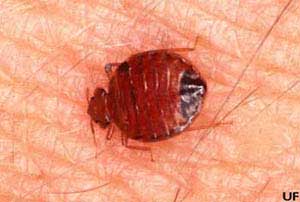
| |
| Bed bug |
|
|
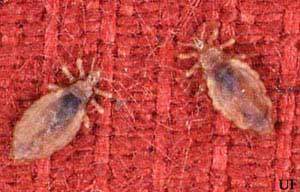 |
| Body lice |
 | |
| Crab louse |
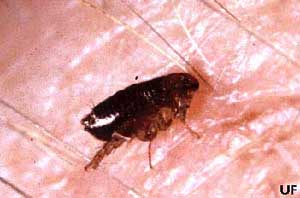 | |
| Adult cat flea |
 | |
| German cockroach |
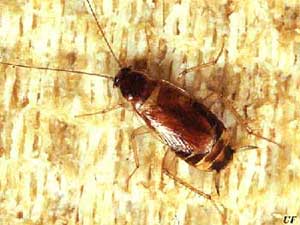 | |
| Brownbanded cockroach |
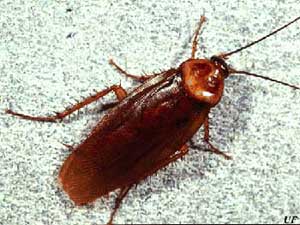 |
|
| American cockroach |
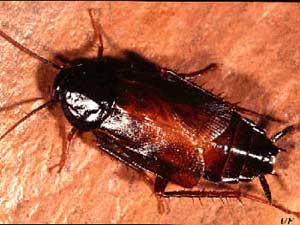 | |
| Oriental cockroach |
University of Florida and the American Mosquito Control Association
Public Health Pest Control WWW site at http://entomology.ifas.ufl.edu/fasulo/vector/
Additional Resources:
- CDC - Plague
- CDC - Bed Bug Information
- Nursing Resources & Information - Guide to Head Lice
- UF/IFAS - American cockroach
- UF/IFAS - Asian cockroach
- UF/IFAS - bed bug
- UF/IFAS - body and head lice
- UF/IFAS - cat flea
- UF/IFAS - crab louse
- UF/IFAS - German cockroach
- UF/IFAS - oriental cockroach
- UF/IFAS - cockroach presentations
- UF/IFAS - head lice presentations
Return to Public Health Pest Control Menu
http://entomology.ifas.ufl.edu/fasulo/vector/